Water and fish
At SLU, you will find expertise in aquaculture, in the ecology of the aquatic fauna and flora, as well as in fish and water management. The state of the aquatic ecosystems is followed. SLU also investigates how resource use, e.g. fishing, affects the ecosystems. Aquaculture comprises cultivation of all living animals and plants in water, mainly in sea cages or in basins. In Sweden, fish, crayfish and shells are the most commonly grown organisms.
Fish are cultivated for different purposes; either for consuming or for planting out in fishing waters. Some areas of research are suitable fish strains for cultivation and the composition of fish fodder. Environmental and hygiene aspects of water and the role of water in agricultural land and in forests are other research fields.
The chemical and biological quality of water is regularly monitored in many lakes in Sweden. SLU's Environmental Monitoring and Assessment programme Lakes and watercourses helps to provide an overall picture of water status and chemical-physical impact lakes and watercourses. The programme Coastal and sea areas gathers SLU's expertise on marine environments and their assessment.
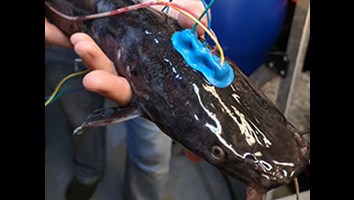
Fish stunning methods fail!
In two studies, we evaluated existing and alternative stunning methods for farmed fish. We studied rainbow trout and the increasingly common warm-water species, the African catfish (Clarias
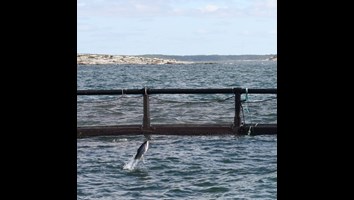
What's hidden beneath the surface?
Recent advances in biosensors offer increased opportunities to monitor the well-being of fish in aquaculture. However, before new biosensors are deployed, their suitability and possible applications
Ph.D. course
A PhD course in the Krycklan catchment September 19-25, 2024. ‘Watershed Ecology and Biogeochemistry’ addresses the foundational concepts and modern challenges within the broad field of watershed
Reading list 2024
Thursday, Sept 19. Fundamentals of watershed science Borman and Likens. (1967). Nutrient Cycling. Science. 155 no. 3761 pp. 424-429 Laudon, H. and Sponseller, RA (2018). How landscape organization
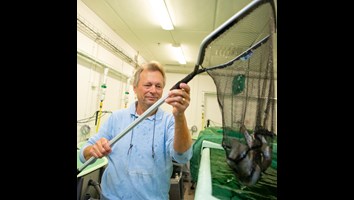
Aquaculture opportunities and challenges
Say 'agriculture' and everyone gets an idea of what you're talking about. But say 'aquaculture' and the associations might not be as clear. Aquaculture has great potential to grow, as more than
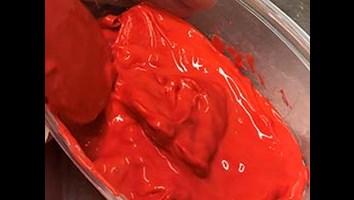
Save the rainforest with oil and protein from yeast
Yeast protein and yeast oil produced from wood and straw cellulose can be used as alternative protein and fat sources in fish feed. Aquaculture is a rapidly growing industry and fish is an important
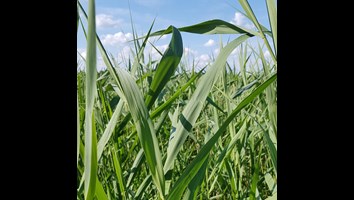
reed feed
Reed is now turned into animal feed with an extra environmental benefit – reed harvest can also reduce eutrophication in our waters, according to researchers at SLU. Several measures, as for example
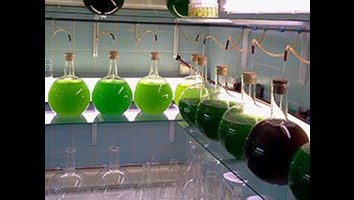
Future feed is circular
Our research is about how we can select from thousands of possible microbes, to isolate promising candidates for a more detailed evaluation. The microbes are mainly intended to be used in fish feed
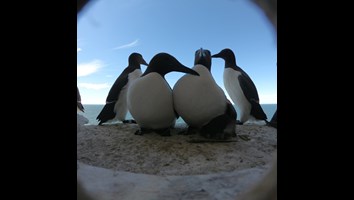
Common murres and heatwaves
More extreme and prolonged heat waves can cause seabirds to lose their eggs and chicks. Many species of seabirds nest during the hottest summer months, exposed on rocks and beaches. This renders them
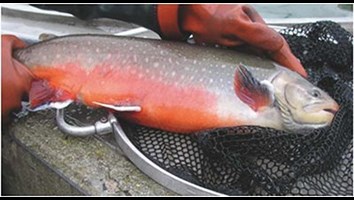
Mussels and yeast - alternative feed raw materials for arctic char
Domestic feed raw materials that do not compete with our own food production are crucial for sustainably produce feed for farmed fish. Researchers at SLU have shown in a project that it is possible
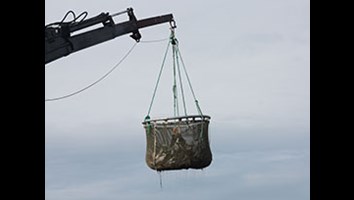
Fish welfare at risk due to poor routines
Maintaining good animal welfare for fish is a major challenge within aquaculture. One threat against fish welfare is poorly adapted routines that increase the risk of causing unnecessary and
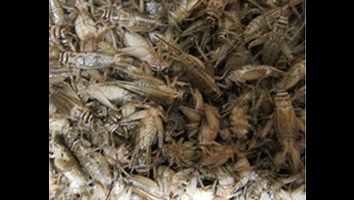
Insects as feed for trout
A problem with fish farming is that commercial fish feed contains fishmeal and fish oil. These raw materials are expensive and not very sustainable, because the already high demand for fish risks
